 Shutterstock
Shutterstock
The endearing sight of a dog rolling onto its back, exposing its belly for a rub, is a familiar and cherished moment for pet owners. This charming behavior isn’t just a cute quirk; it reveals deep-seated instincts and emotions. Requesting a tummy rub is rooted in a dog’s psychology and biology, offering insights into their social nature and bonding habits. Understanding why dogs crave this attention can enhance our connection with them, revealing the secret language behind their adorable antics.
The Psychology Behind Tummy Rubs
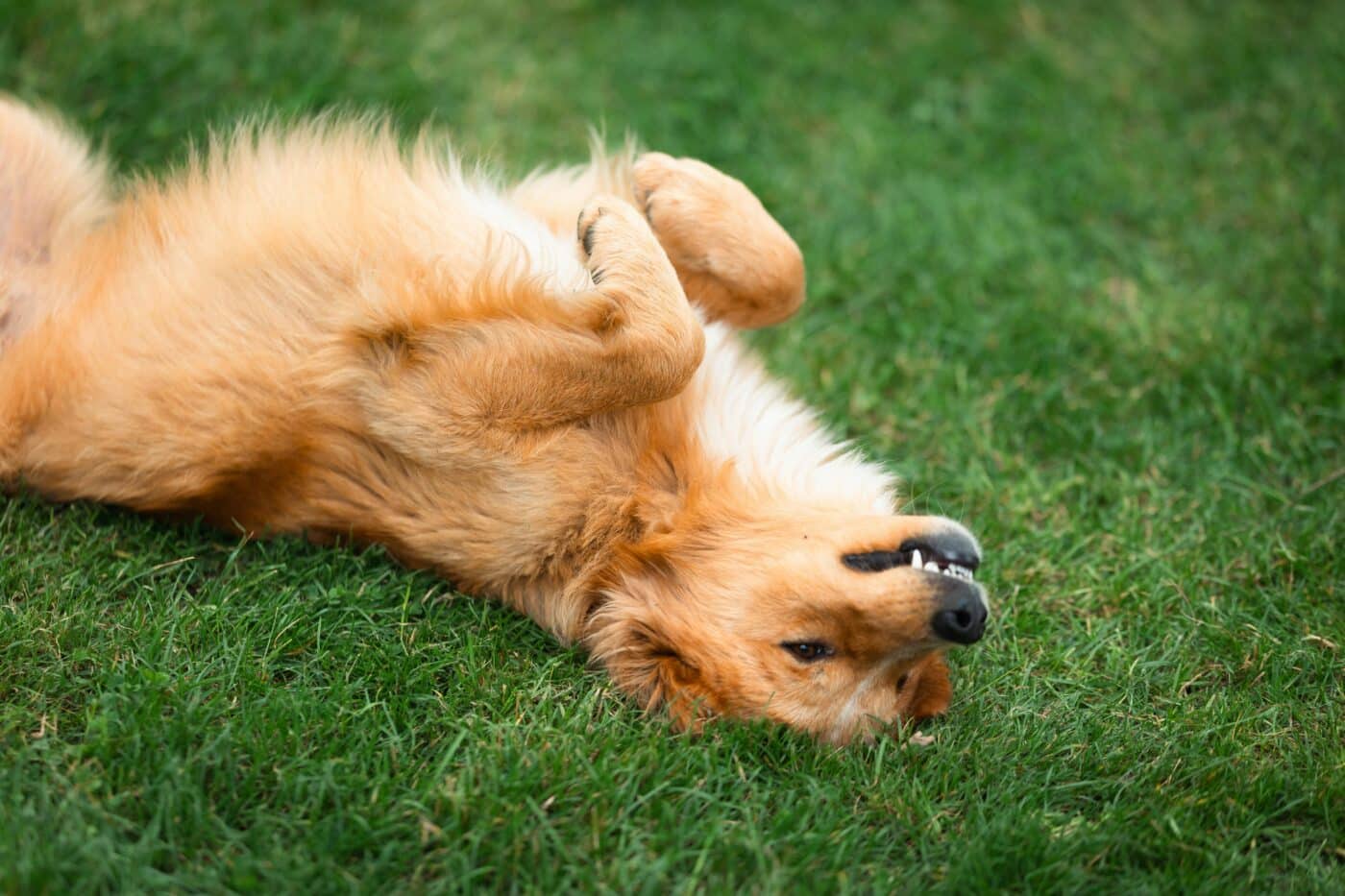 Shutterstock
Shutterstock
Dogs are naturally pack animals, and their social behavior reflects this ancestry. When a dog lies on its back, it displays vulnerability, signaling trust and submission. This position is not just an invitation for affection; it showcases the dog’s comfort with its human companion. In a pack, belly exposure would often mean a willingness to be accepted and cared for by others. Thus, when dogs roll over, they are not merely seeking a scratch but expressing a profound bond and reliance on their human counterparts.
The Evolutionary Perspective
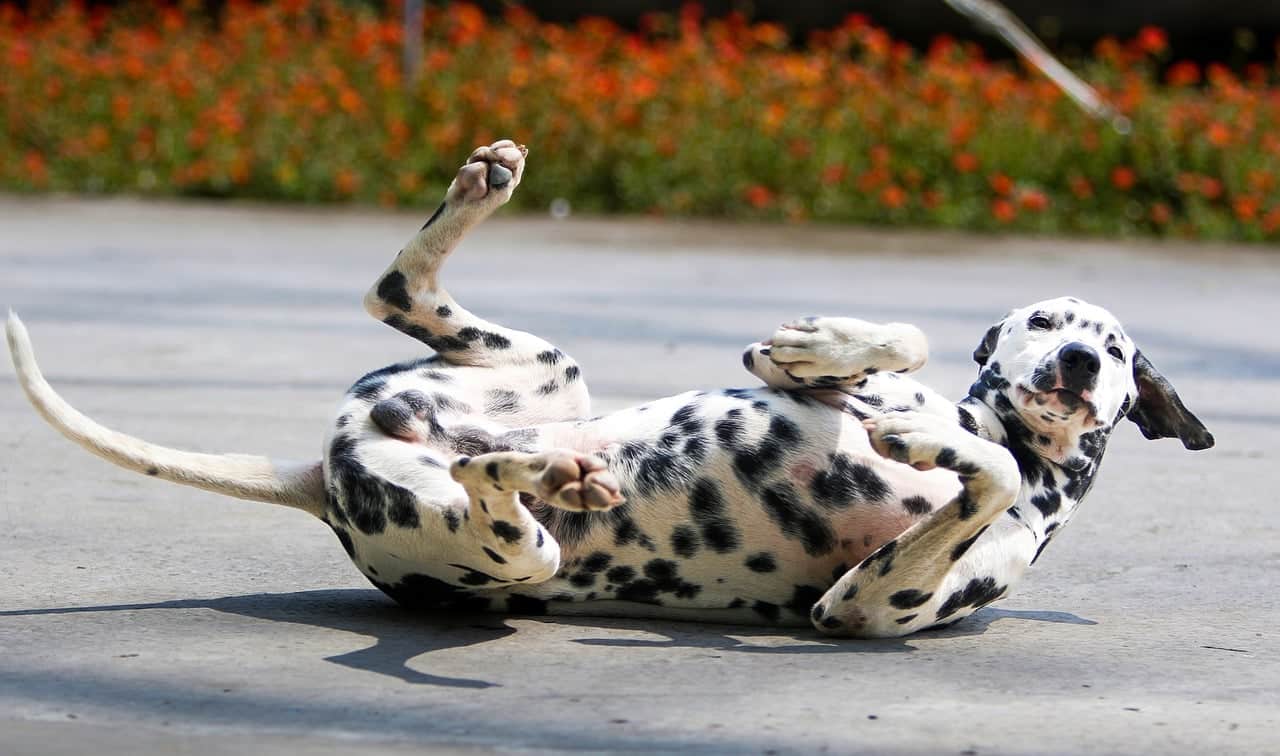 Shutterstock
Shutterstock
Evolutionarily, the desire for belly rubs can be traced back to a dog’s wild ancestors. In the wild, belly exposure could indicate a relaxed state, helping to establish social hierarchies and reduce tension among pack members. This behavior persists in domestic dogs, who retain these instinctual traits. The act of belly rubbing can mimic the grooming behavior seen in many animal species, where physical touch helps to reinforce bonds and promote social cohesion. This deep-rooted need for connection explains why many dogs actively seek out this interaction.
The Pleasure Principle
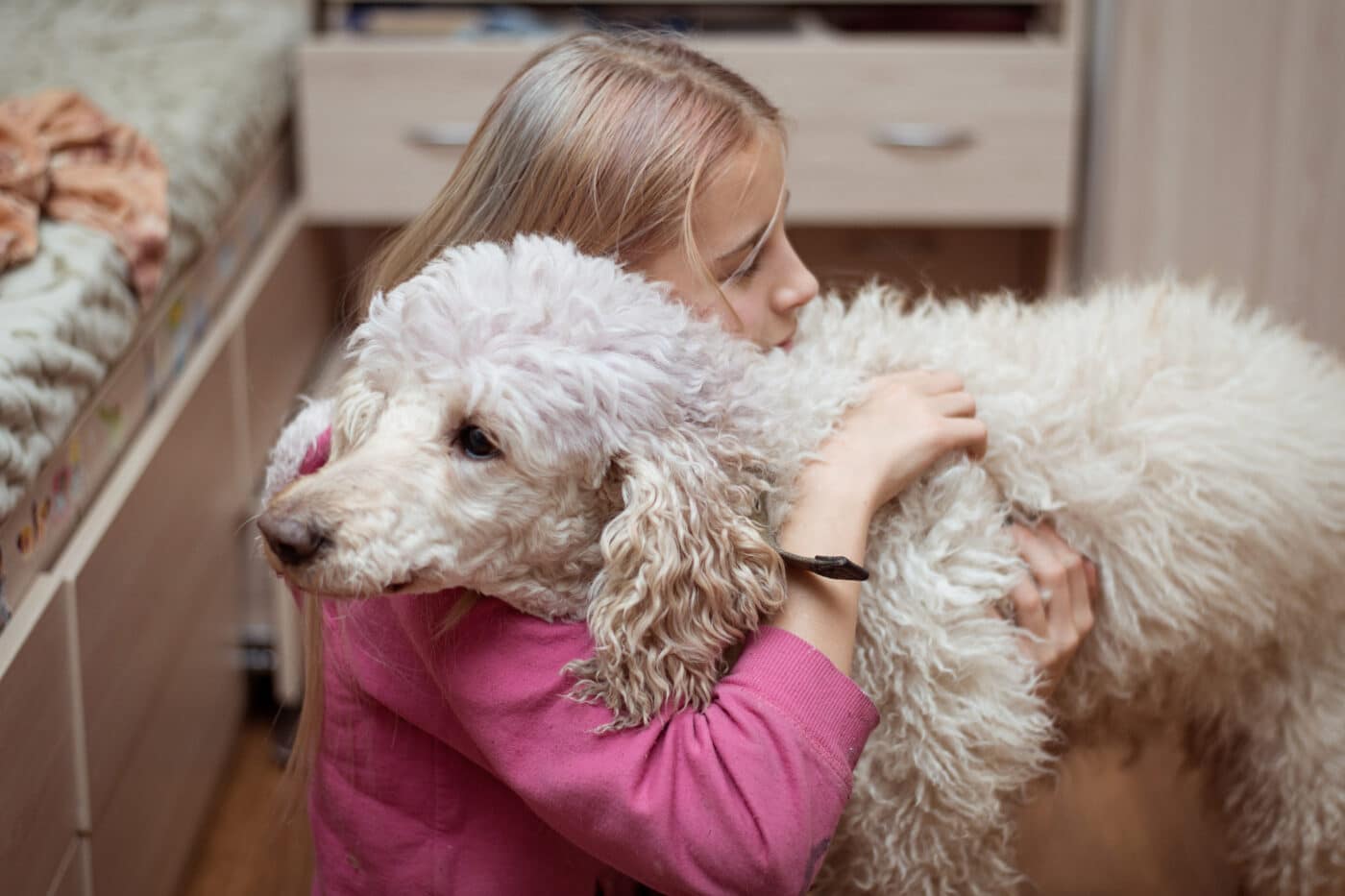 Shutterstock
Shutterstock
Dogs have a unique sensory world, with their skin containing numerous nerve endings that respond to touch. When a dog receives a tummy rub, it activates pleasure receptors in their brain, releasing feel-good hormones like oxytocin. This is akin to the sensation humans experience during a massage or a warm embrace. The gentle pressure and strokes of a tummy rub provide a sensory experience that is comforting and pleasurable, solidifying the dog’s affinity for this activity. It’s a joyful experience for them, resulting in that blissful, sometimes comical, expression of relaxation.
Socialization and Bonding
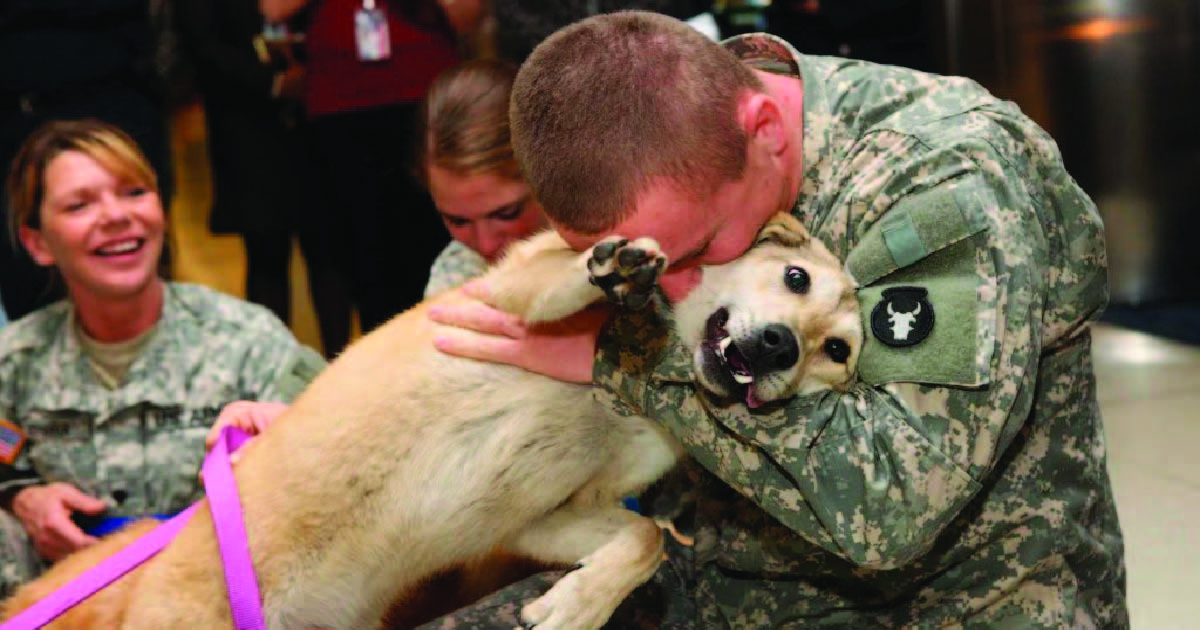 Shutterstock
Shutterstock
Tummy rubs are crucial to a dog’s socialization process. Puppies learn about physical affection and trust from their mother and littermates through various interactions, including gentle grooming. These early experiences shape their understanding of how to communicate and bond with humans later in life. Owners reinforce that physical touch is safe and pleasurable by giving a tummy rub. This interaction can strengthen the emotional connection between the dog and the owner, enhancing feelings of love and loyalty.
The Role of Body Language
 Shutterstock
Shutterstock
Understanding canine body language is vital to interpreting the message behind a dog’s tummy-up display. When a dog rolls over and shows its belly, it often means they feel safe and relaxed in their environment. This position is typically accompanied by other body language signals, such as a wagging tail, relaxed ears, and a soft gaze, all indicating a happy and content dog. Conversely, if a dog appears tense or is not fully comfortable, it might expose its belly out of submission rather than a desire for affection. Recognizing these cues allows pet owners to respond appropriately, ensuring their furry friends feel secure and loved.
The Impact of Tummy Rubs on Behavior
 Shutterstock
Shutterstock
Interestingly, giving tummy rubs can significantly affect a dog’s behavior and overall well-being. This affectionate activity can help reduce anxiety and stress levels in dogs. Regular physical interaction fosters a positive emotional state, which can mitigate behavioral issues such as separation anxiety or fearfulness. This nurturing practice can be particularly beneficial for rescue dogs or those with a troubled past, helping them build trust and confidence in their new home.
Cultural Differences in Canine Affection
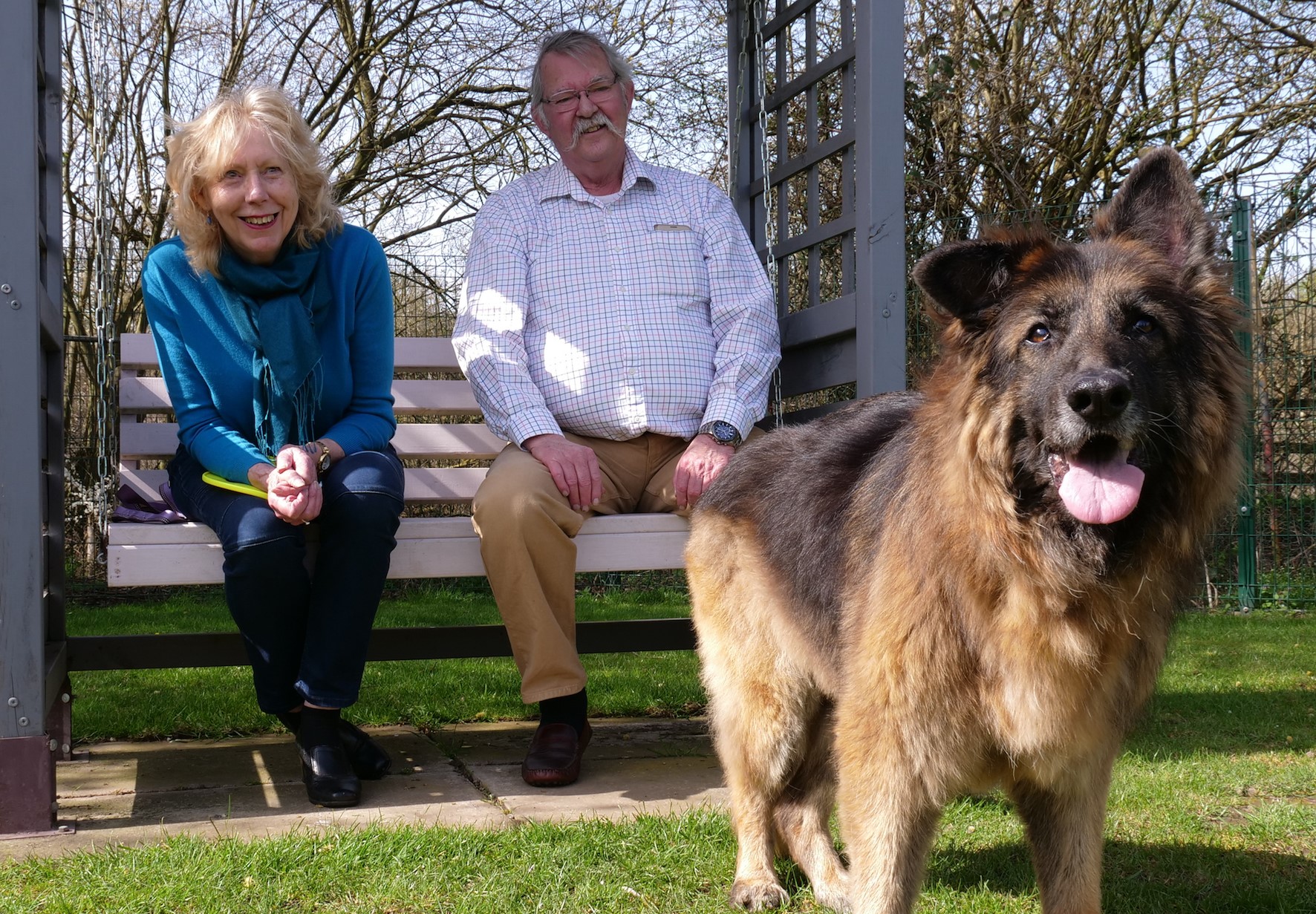 Shutterstock
Shutterstock
While tummy rubs are universally adored by dogs, cultural differences can influence how humans interpret and engage in this practice. In some cultures, dogs are viewed primarily as working animals; in others, they are cherished family members. This can affect how often dogs receive physical affection. However, despite cultural norms, dogs’ intrinsic desire for physical touch remains consistent. A dog from any background will likely respond positively to a gentle belly rub, reinforcing that affection is a universal language understood across species.
The Science of Touch
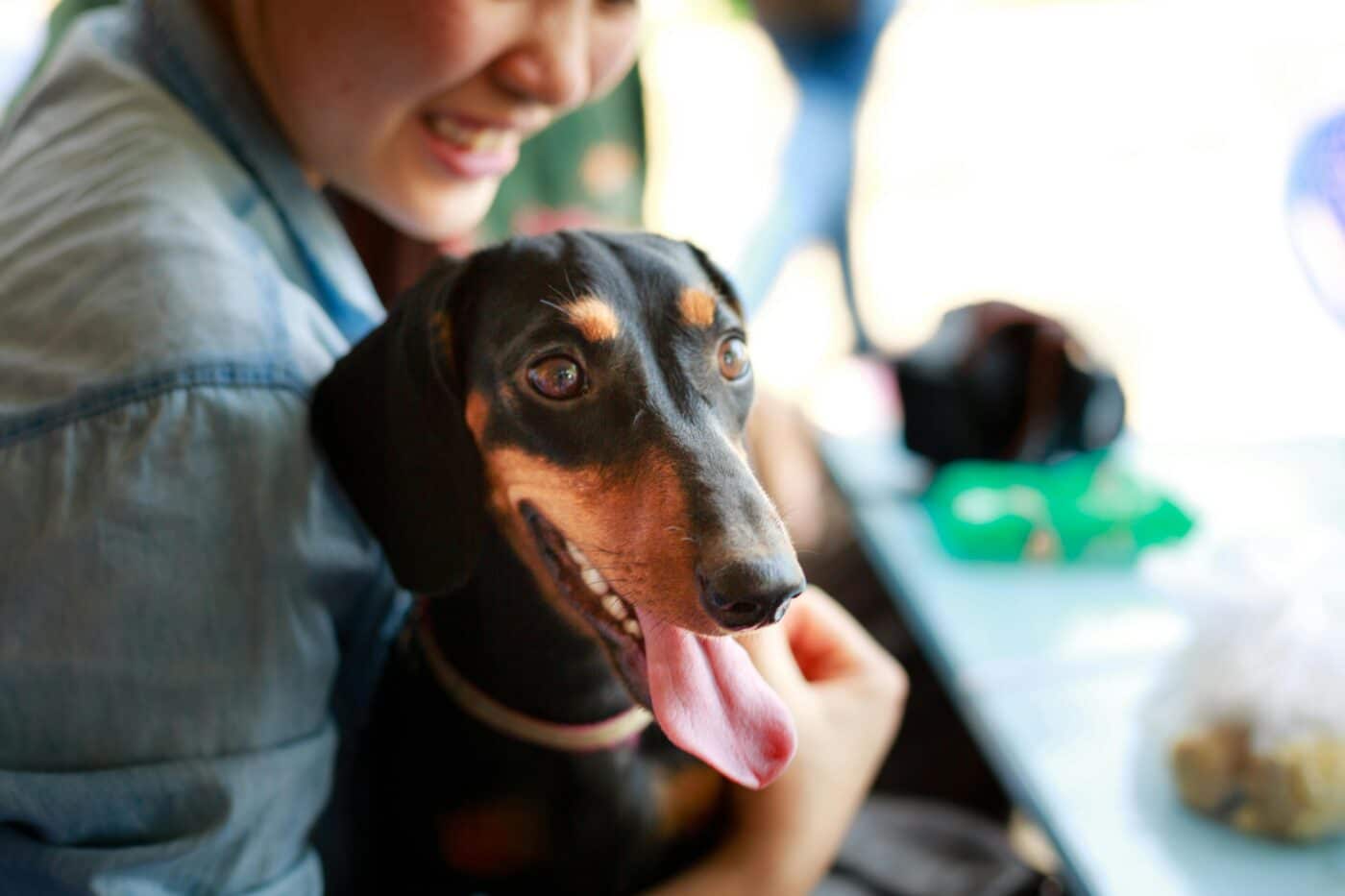 Shutterstock
Shutterstock
Recent studies have highlighted the importance of touch in strengthening the bond between humans and dogs. Physical affection, like tummy rubs, can increase the bonding hormone oxytocin levels in both the dog and the owner. This biochemical response emphasizes the reciprocal nature of the interaction; while the dog feels loved and cared for, the owner experiences joy and fulfillment. This mutual exchange is essential for creating a strong, lasting relationship, making tummy rubs more than just a cute habit; they are an integral part of the emotional well-being of both parties.
Tummy Rubs and Health Benefits
 Shutterstock
Shutterstock
Beyond emotional connections, tummy rubs can also contribute to a dog’s physical health. The gentle pressure applied during a tummy rub can stimulate blood flow and encourage relaxation. This, in turn, can improve digestion and alleviate stress, contributing to a more balanced and healthy life. Regular belly rubs can also help owners monitor their dog’s physical condition as they become familiar with the dog’s body and can easily detect any unusual lumps or changes. Thus, tummy rubs play a dual role, enhancing both emotional and physical well-being.
The Ritual of Tummy Rubs
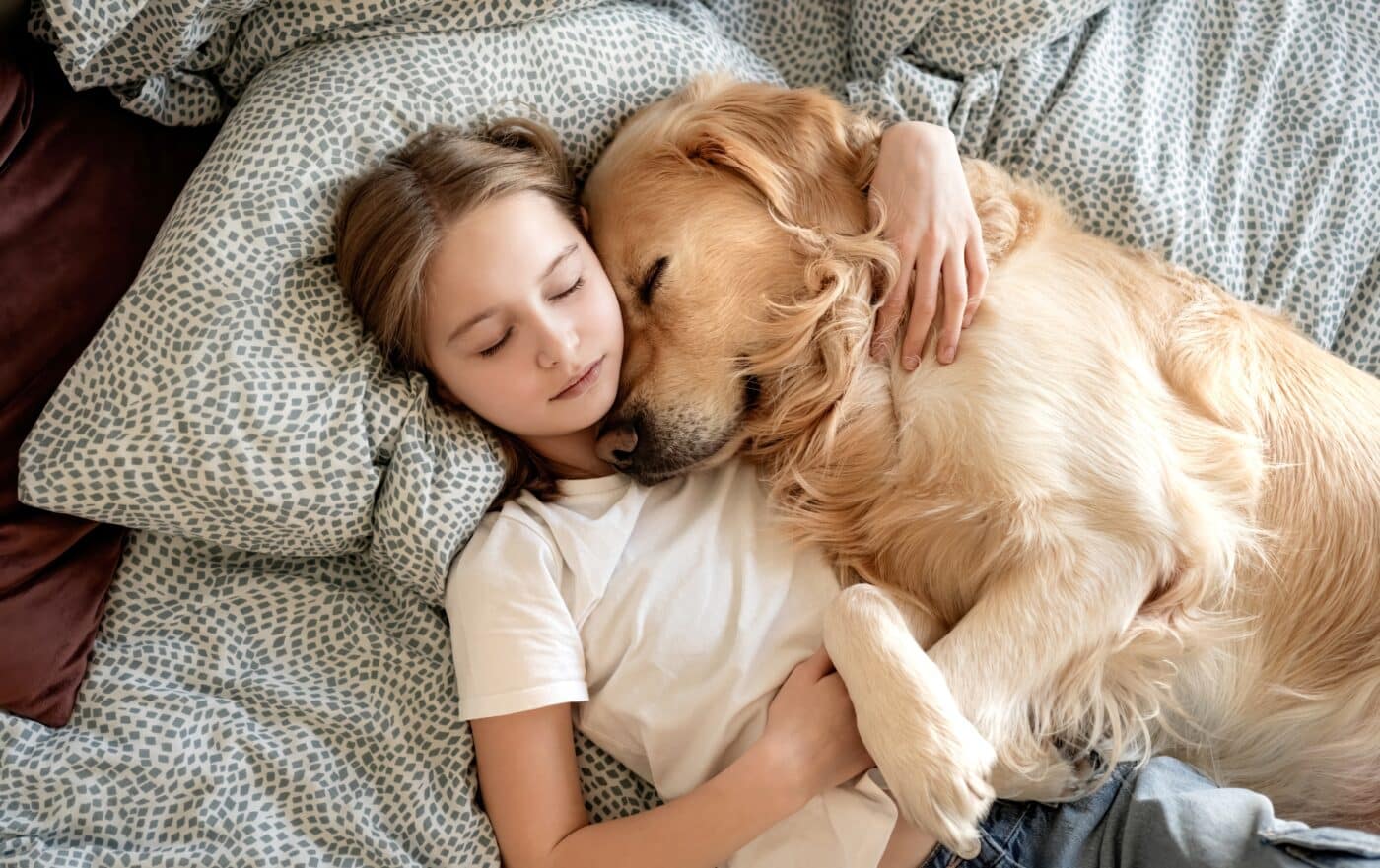 Shutterstock
Shutterstock
For many dog owners, the ritual of giving tummy rubs has become a cherished daily routine. It often begins with a dog’s playful antics—rolling around, wagging its tail, and looking up with eager eyes. This playful display serves as an invitation for interaction. The ensuing tummy rub often creates a sense of calmness and joy, transforming the home environment into a sanctuary of love. Such rituals strengthen the bond and offer a moment of shared happiness in the often chaotic lives of both dogs and their humans.
Recognizing the “No-Go” Zone
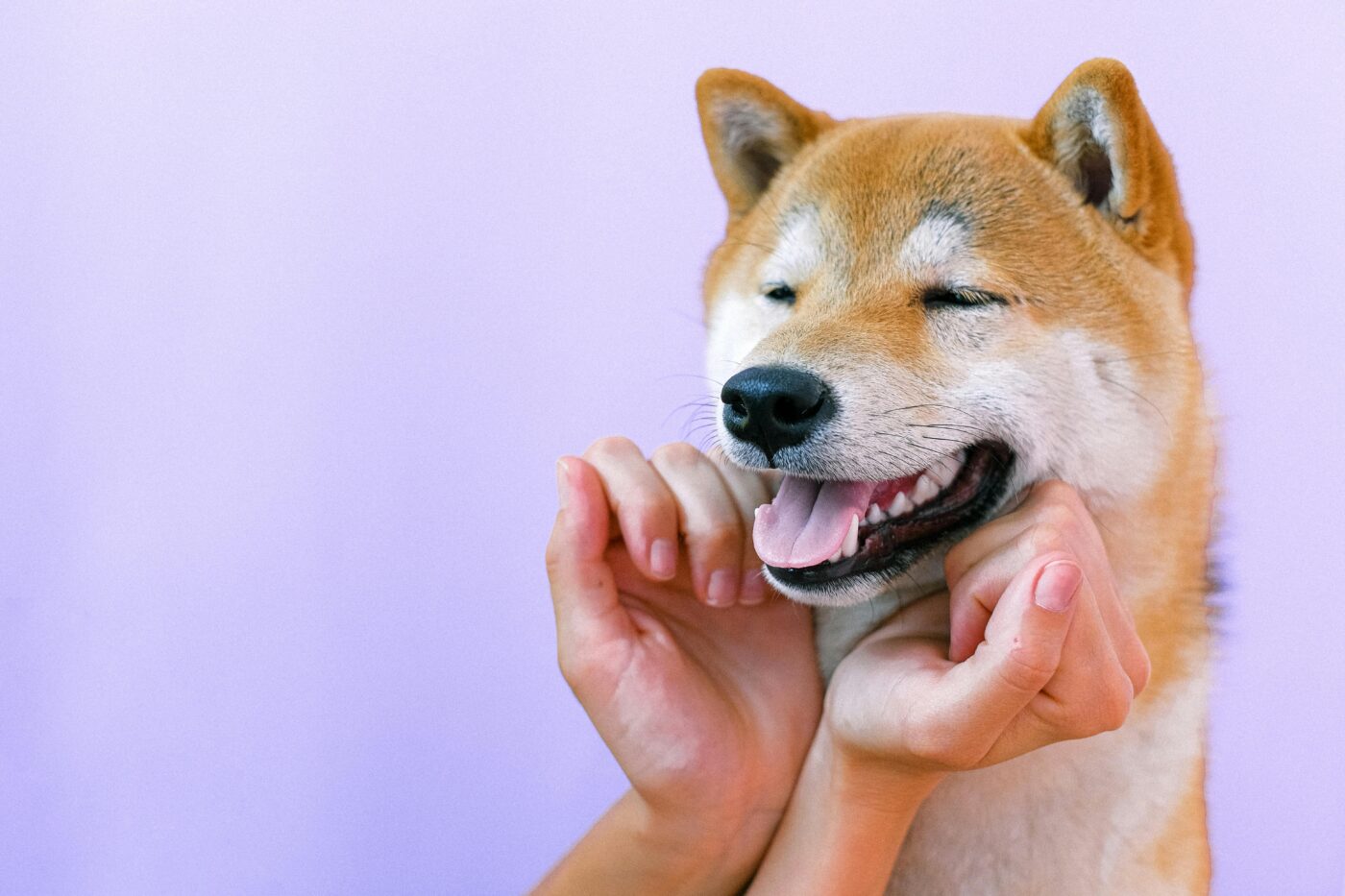 Shutterstock
Shutterstock
While many dogs adore tummy rubs, respecting their boundaries is crucial. Some dogs may not appreciate belly rubs due to past trauma or personal preference. Recognizing signs of discomfort—such as tensed muscles, growling, or attempts to get away—is essential for maintaining trust. Understanding that every dog is unique allows owners to tailor their approach to each individual’s comfort level, ensuring the experience remains enjoyable and stress-free.
Tummy Rubs as a Form of Training
 Shutterstock
Shutterstock
Interestingly, tummy rubs can also be incorporated into training techniques. Dogs rewarded with affection for desired behaviors may be likelier to repeat those actions. This positive reinforcement method leverages dogs’ natural affinity for tummy rubs, making training more effective and enjoyable. Whether teaching a new trick or reinforcing basic commands, integrating physical affection into the training process can foster a more engaged and motivated learner.
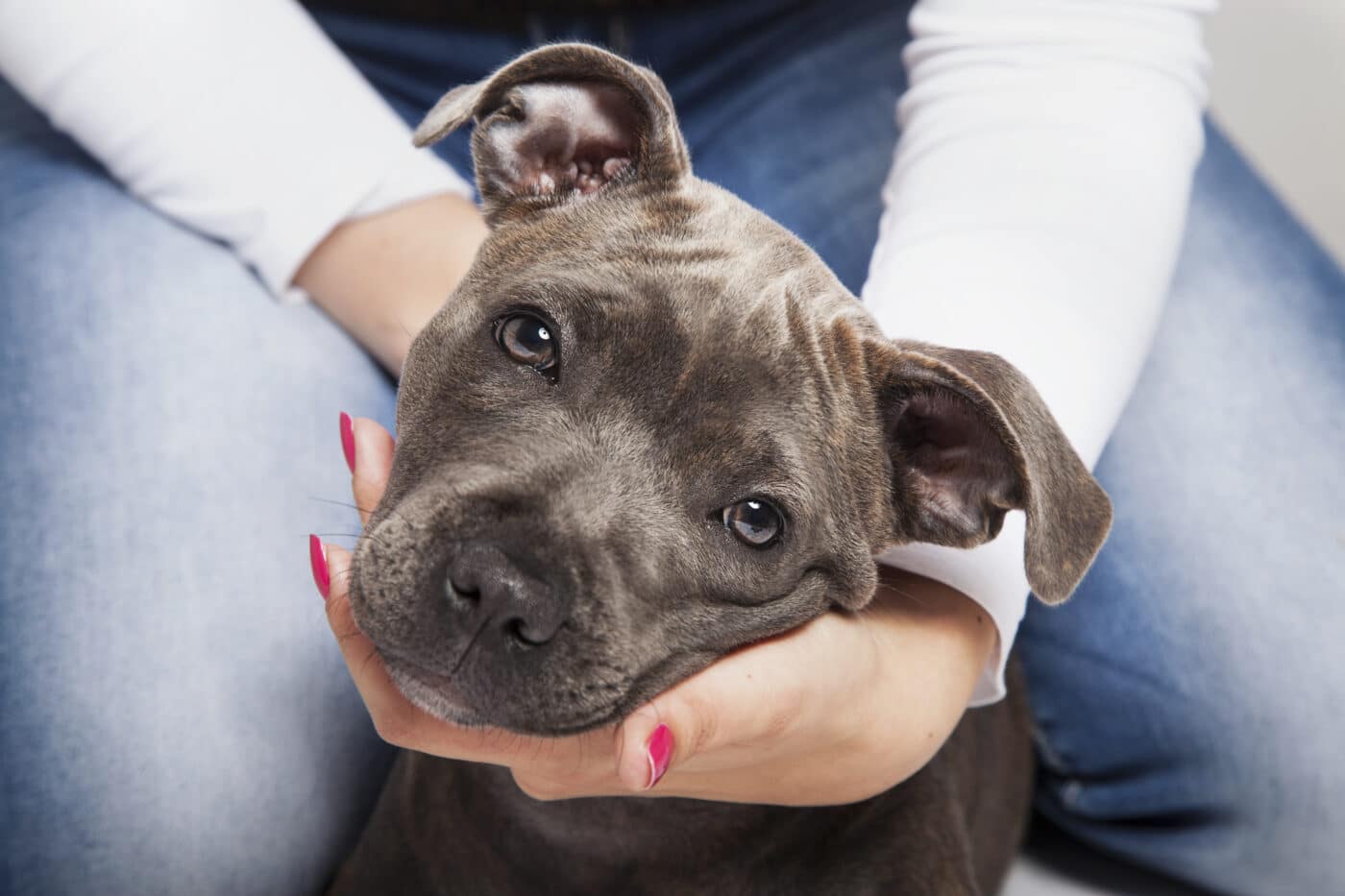 Shutterstock
Shutterstock
Ultimately, the joy derived from tummy rubs transcends the mere act of physical contact. It encapsulates a shared moment of happiness, trust, and connection. Each session becomes a cherished memory, reinforcing the deep bond between a dog and its owner. These moments allow for laughter, play, and affection, reminding us of the simple joys of pet ownership. Whether the sound of a contented sigh or a goofy grin accompanies a good belly rub, these interactions highlight our unique and fulfilling relationship with our canine companions.
Canine Belly Rub Olympics
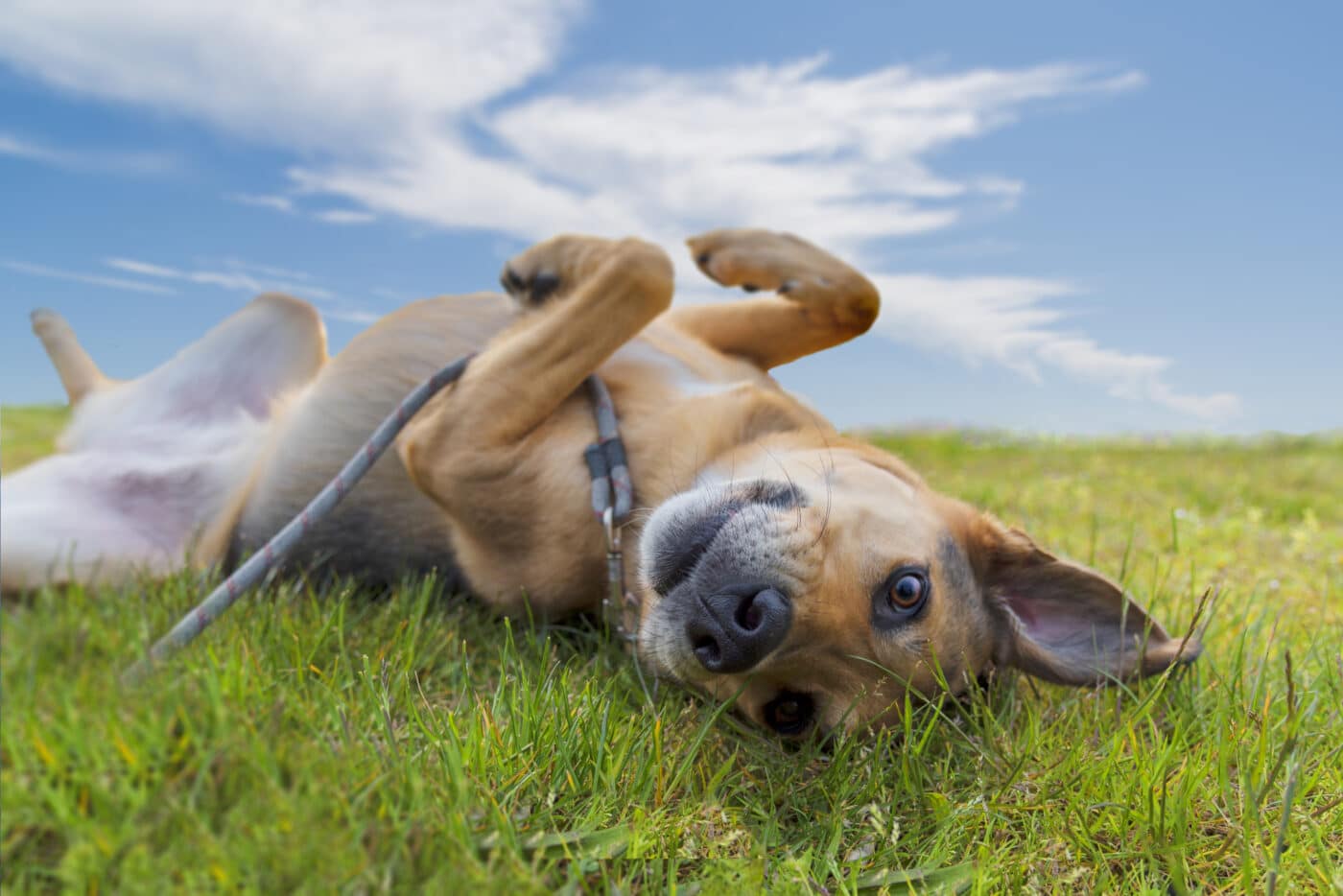 Shutterstock
Shutterstock
Tummy rubs can feel like the Canine Belly Rub Olympics, with our furry friends showcasing their best techniques. Each playful moment brings laughter and joy, highlighting our love with our dogs. So, cherish the connection represented the next time your dog presents that irresistible belly. In the world of pet ownership, every rub counts and strengthens the bond we hold dear. Celebrate these magical interactions that enrich our lives and deepen our relationships with our beloved companions, reminding us why we love them.

 3 weeks ago
8
3 weeks ago
8
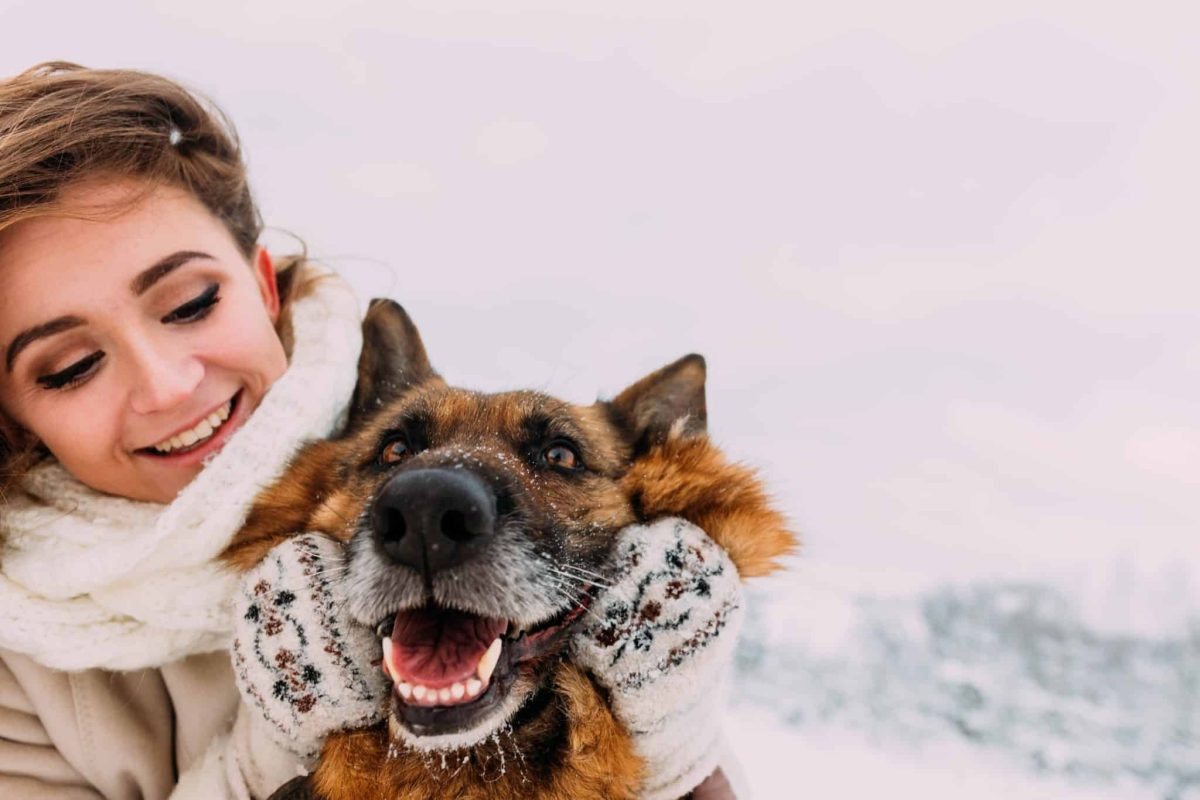

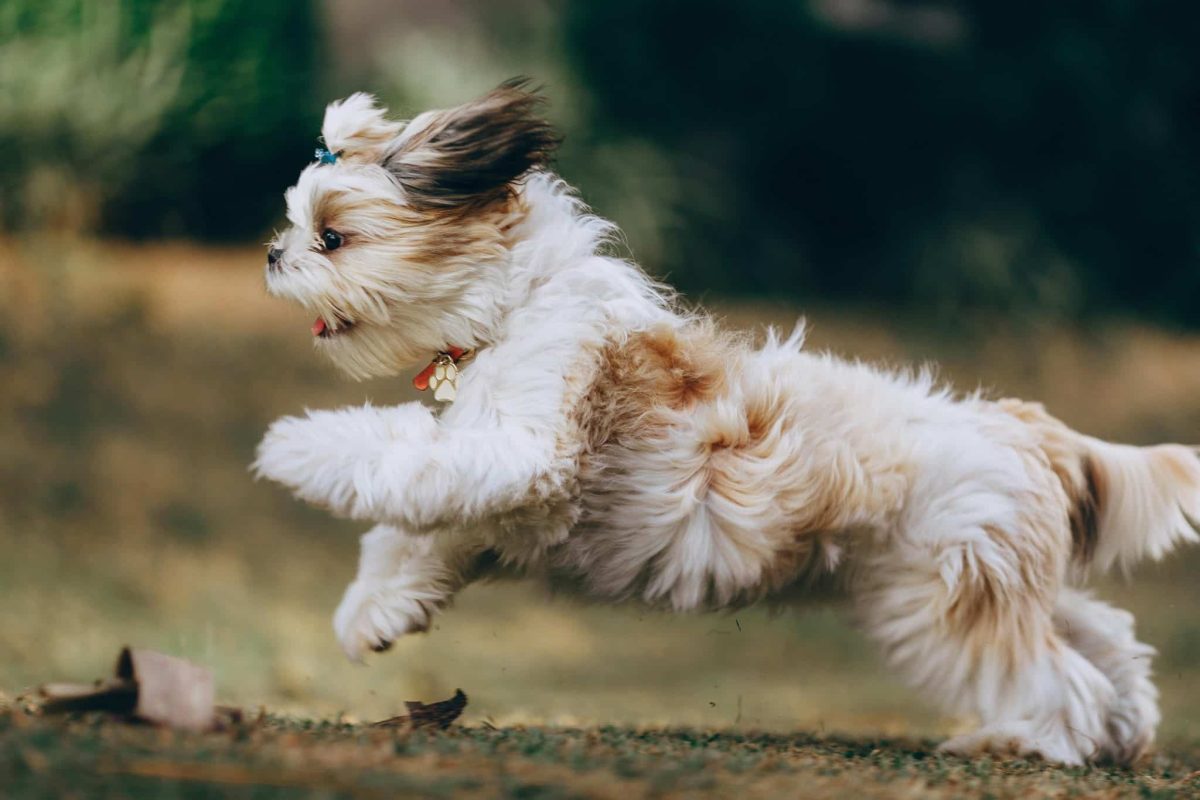
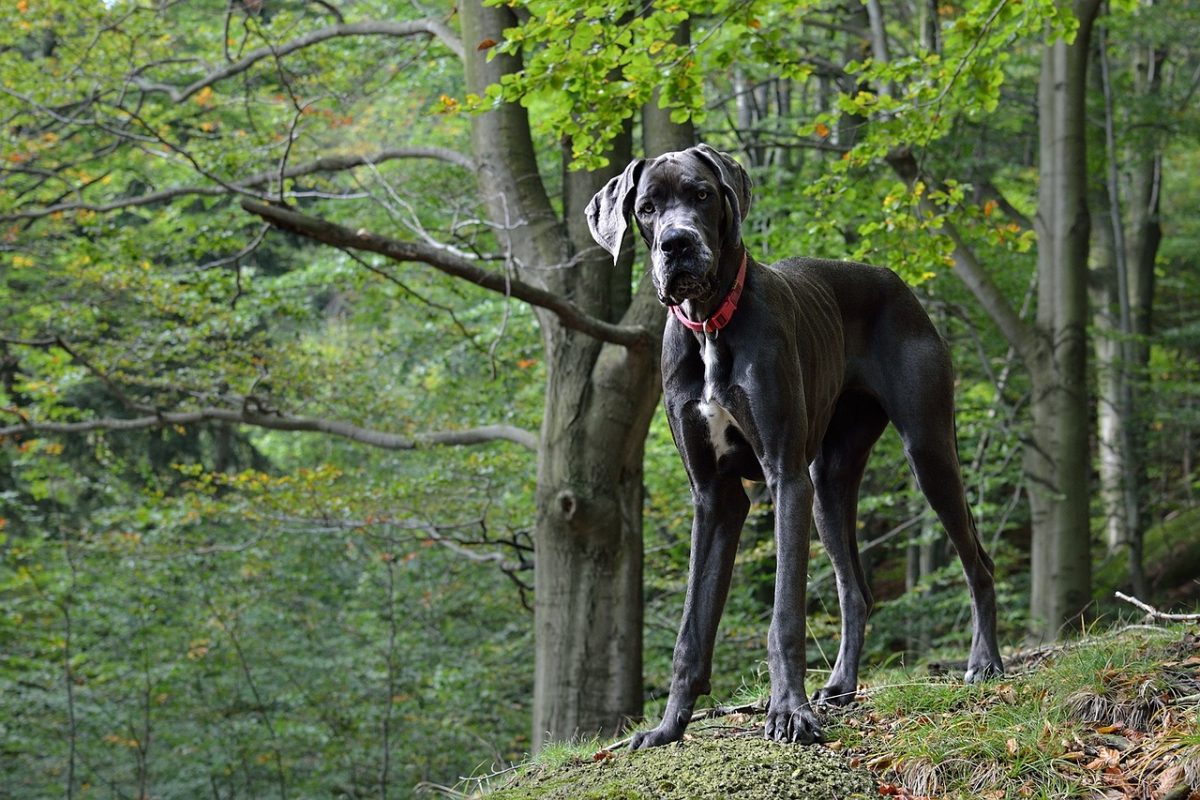


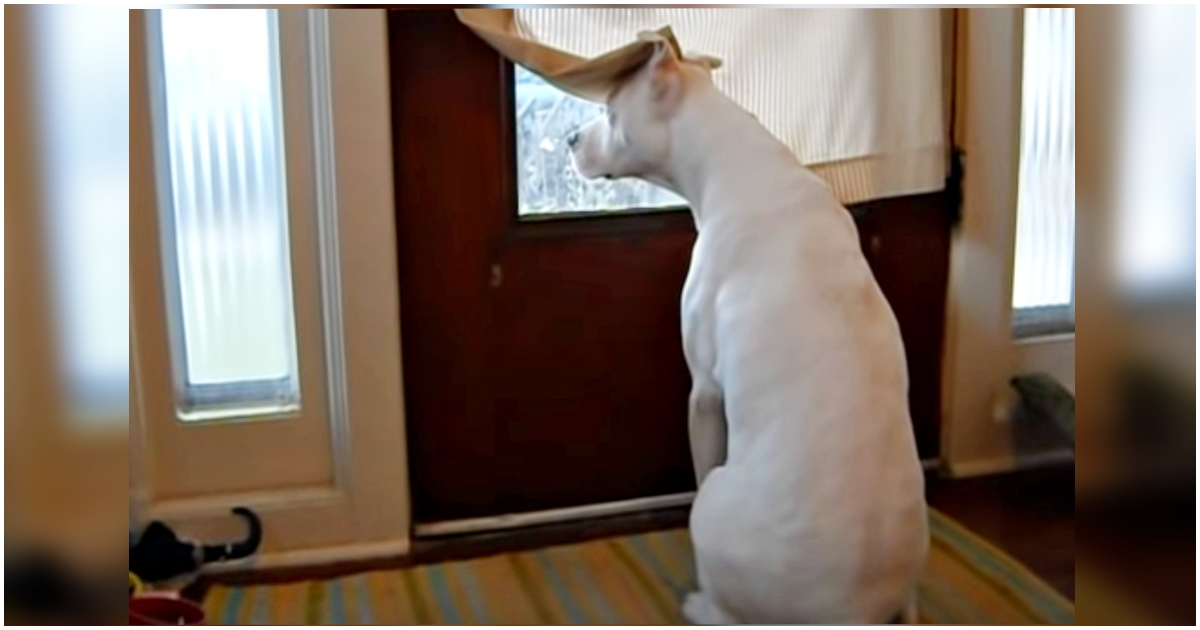
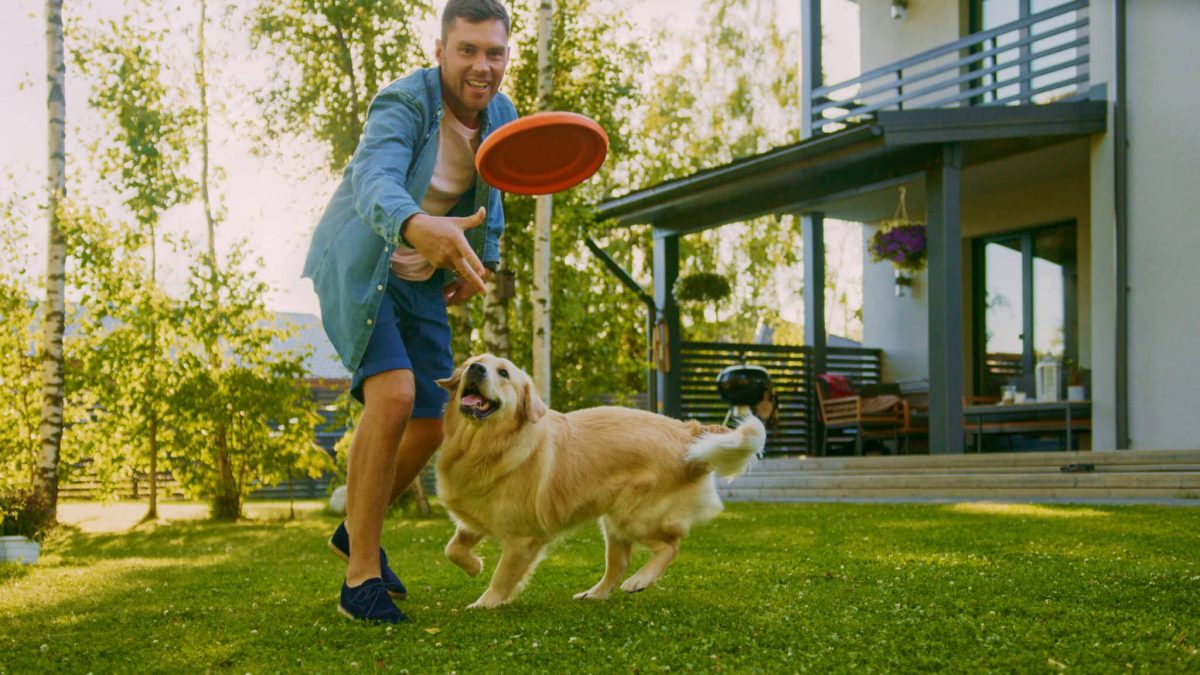










 English (US) ·
English (US) ·